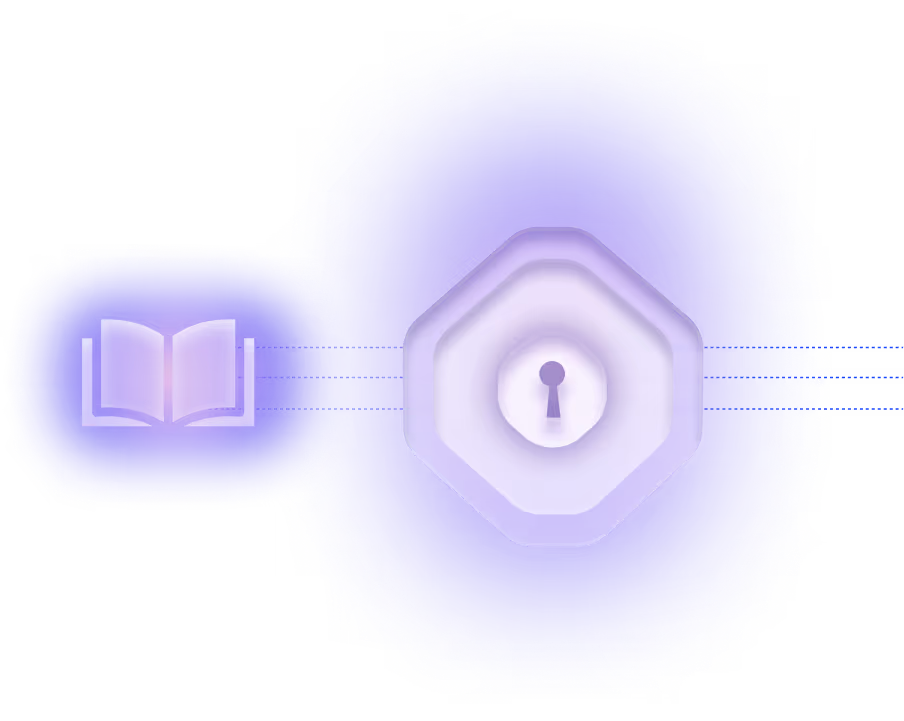MFA

What is MFA?
Multi-Factor Authentication (MFA) is a security mechanism that requires users—or systems—to present multiple forms of verification before being granted access to a resource. Traditionally implemented for human users through combinations such as a password (something you know) and a mobile authenticator (something you have), MFA strengthens overall identity assurance by reducing reliance on a single authentication factor. In the context of cybersecurity, MFA is a foundational control for enforcing trust, preventing unauthorized access, and aligning with Zero Trust principles.
Why is it important?
MFA is critical because it mitigates the risks associated with compromised credentials—one of the most common root causes of data breaches. While MFA is well-established for human identities, its importance for non-human identities (NHIs)—such as service accounts, API keys, and machine credentials—is rapidly increasing. NHIs now outnumber human identities in enterprise environments by an order of magnitude, yet the vast majority lack MFA protections. Without MFA, these identities are often protected by static secrets, making them prime targets for attackers seeking lateral movement or privilege escalation.
What are common applications or use cases?
For human users, MFA is applied in scenarios such as remote access (VPN), SaaS logins, or privileged actions within IAM platforms. For NHIs, use cases differ significantly and require non-interruptive, scalable solutions. For example, mutual TLS (mTLS) enables machine-to-machine authentication in microservice architectures, while short-lived OAuth tokens are commonly used to secure cloud workload identities. In IoT environments, hardware-bound keys stored in TPMs or HSMs validate device identity. Additionally, AI-driven systems are increasingly used to monitor behavioral baselines, flagging anomalous authentication attempts in real time.
What is the connection to NHIs (Non-Human Identities)?
Implementing MFA for NHIs introduces unique challenges. Unlike human users, NHIs cannot interact with authentication prompts or use biometric factors. Therefore, MFA for NHIs must be automated, cryptographically secure, and integrated into machine workflows. This includes strategies such as certificate-based authentication, dynamic key rotation, and behavioral anomaly detection. Moreover, MFA must be context-aware and policy-driven, enabling just-in-time access in pipelines without disrupting automated operations.
Are there any notable industry data, trends, or standards?
Industry research shows that 90% of NHIs lack MFA enforcement, despite being involved in 68% of cloud-related breaches. Standards are evolving to address this gap: NIST SP 800-63 and Zero Trust Architecture (SP 800-207) increasingly emphasize machine identity verification. Enterprises are adopting AI-enhanced MFA strategies, including real-time risk scoring and quantum-resistant cryptographic protocols. Solutions are also integrating with secrets management platforms to enforce credential rotation and deprovisioning policies.
What is the broader impact or takeaway?
MFA for NHIs is no longer optional—it is a strategic imperative for securing modern, distributed infrastructures. As enterprises adopt Zero Trust architectures and expand across hybrid and multi-cloud environments, robust authentication for machine identities becomes essential. Implementing MFA at the machine layer not only reduces breach risk but also simplifies compliance with regulations like HIPAA, PCI DSS, and SOC 2. By advancing beyond legacy methods and embracing cryptographic, AI-driven MFA frameworks, organizations can achieve scalable, resilient, and automated identity security for both human and non-human actors.





